Menu
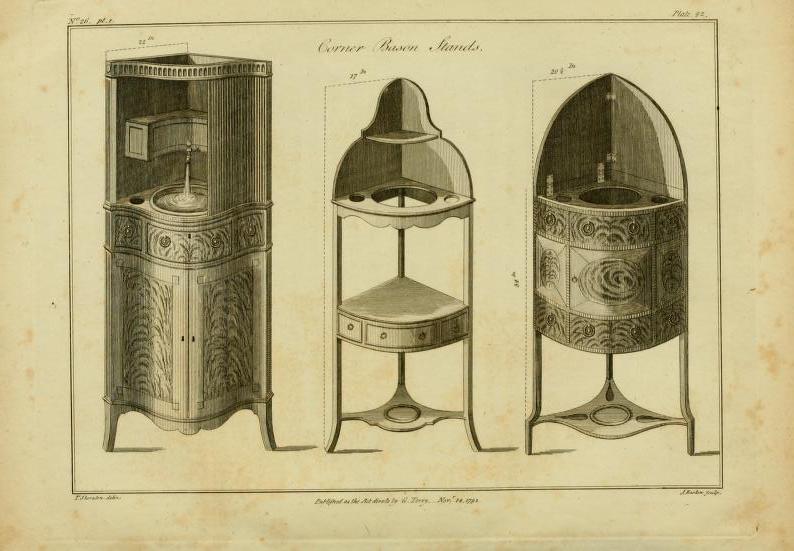
In the world of antiques Thomas Sheraton (1751 – 1806) is considered one of the big three British furniture designers. However compared to how much is known about the life and work of the other two: Chippendale and Hepplewhite, his life is shrouded in mystery; and even a little mysticism.
Even his place of birth is a little unclear. Hailing from County Durham, he was thought to have come from Stockton-On-Tees. However recent findings suggest that he may be from Middleton St George.
Sheraton had little education in the traditional sense. He was apprenticed to a local cabinet maker. Later, working as a journey man, before moving to London in 1790, at the age of 39.
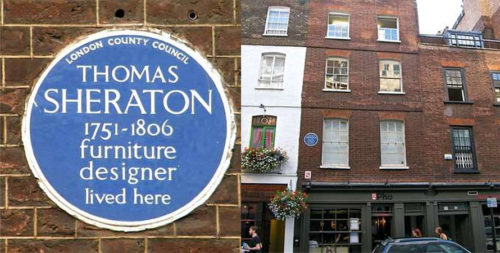
A devout Baptist, Thomas Sheraton was a fascinating character. Less of a cabinet maker and more an artist, controversial preacher, mystic and inventor, he referred to himself as a ‘mechanic’.
On moving to Soho, London, he taught drawing, draughtsmanship and design, and made his famous furniture designs.
Sheraton seems to have produced very little furniture himself, or to his own design, after establishing himself as a furniture designer. Only one piece by the Sheraton is known to be in existence.
What we refer to as Sheraton antique furniture, is in fact furniture crafted in the Sheraton style, following his designs. These designs were readily taken up by cabinet makers during his own era and beyond.
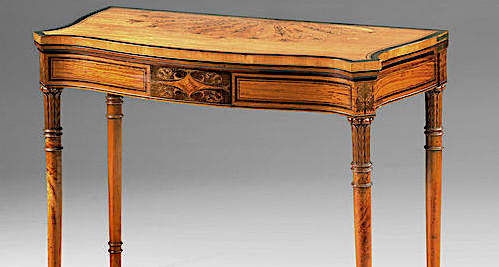 http://www.onlinegalleries.com/art-and-antiques/detail/sheraton-revival-satinwood-card-table
http://www.onlinegalleries.com/art-and-antiques/detail/sheraton-revival-satinwood-card-table
Following fast in the footsteps of Chippendale, Ince and Mayhew et al, in 1791 Sheraton began producing not one, but four books of furniture design under the title The Cabinet-Maker and Upholsterer’s Drawing-Book.
These books marked a unique and interesting take upon the Neo-classical style; that was popular at the time. In Edwardian times, Sheraton’s designs also underwent a strong revival period.
Sheraton also published guides and writings on how to draw, architecture, perspective, geometry and more.
A unique selection of antique furniture for sale.
He was at times known for verbosity, but his guides were widely subscribed to non the less. They had a unique flair; and were extremely thorough guides to designing and drawing as well as making.
They marked an important evolution in furniture design. Despite their success, they never made their creator a great deal of money, and he spent much of his life almost penniless, and died in near poverty.
Despite putting a great deal of work into seeking out subscribers, in truth he made a living by teaching drawing skills.
His greatest skill was perhaps as an artist and draughtsman. Some of the ideas behind the drawings and designs are said the be attributed to other makers, not just Sheraton.
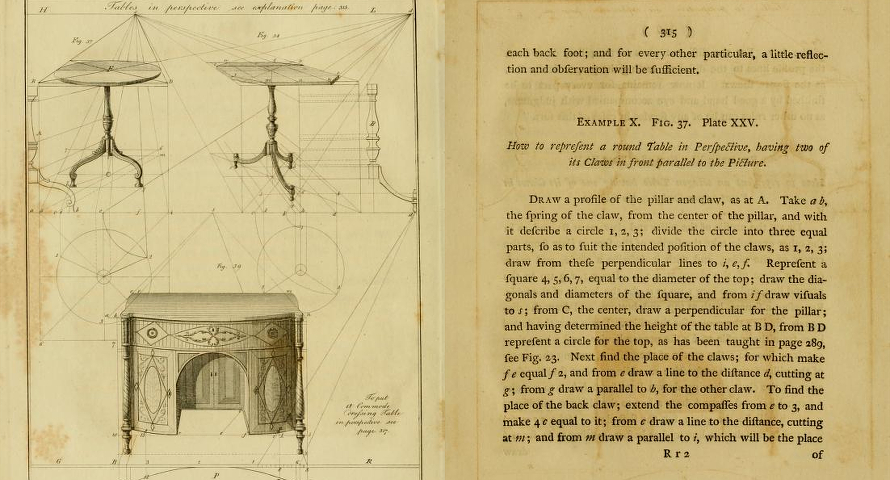
Sheraton furniture design is highly distinctive. The legs of items are often straight and long, unlike the curving, opulent legs found in the Rococo and Queen Ann styles that preceded.
The legs of items were often thinner than those designed by Sheraton’s contemporaries. They sometimes resembled the pillars of antiquity that were such an important part of Neo-classical design.
Makers of Sheraton furniture tended to favour light, bright woods. And Sheraton is often associated with Satinwood and highly polished, light, warm, bright veneers and fairer exotic hardwoods.
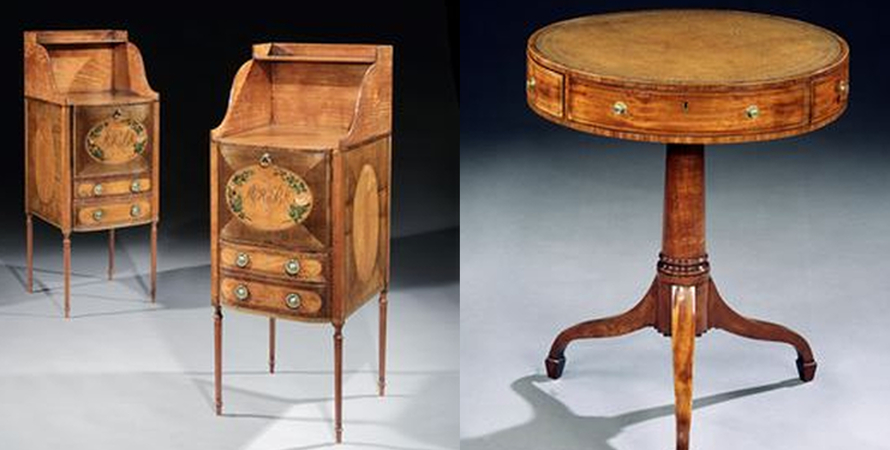
Neo- classicism in furniture design in Britain at this time was in part a rejection of the earlier Rococo. Often lines were cleaner, simpler and straighter than during the earlier Georgian period. Sheraton’s design were true to this principle.
Often the framework of a piece was more visible, and the designs were far less ornate, than in Rococo design.
His unique and delicate slant on Neo-classicism has a gentle elegance about it.
Look out for warm, small and ornate brass handles.
Some pieces include inlays, carvings, painting, marquetry and veneer of images from antiquity and the like; which are typical of the Neo-classicism embraced by Chippendale and other designers.
However Sheraton design has an altogether lighter, simpler and warmer quality. His designs are possibly more comparable with Hepplewhite than the slightly sturdier, ornate Chippendale designs.
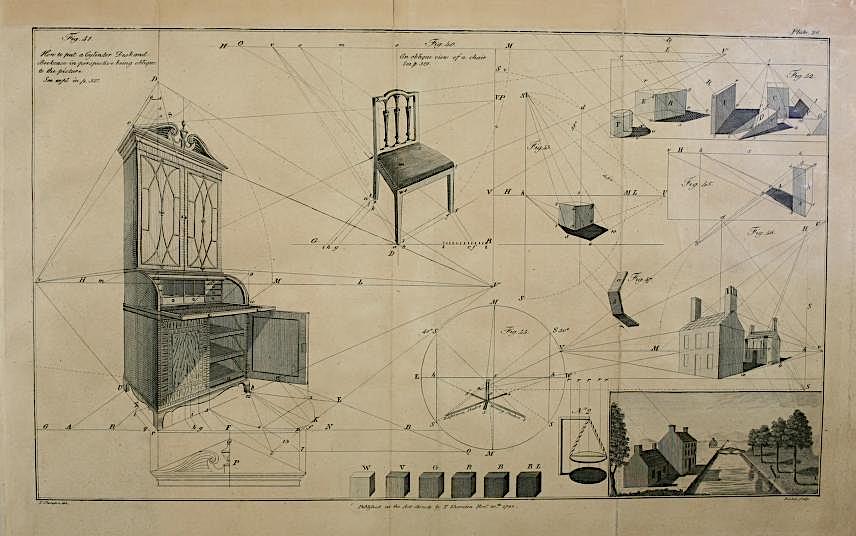
As with Chippendale, Sheraton design was extremely popular is the USA, largely after his time sadly.
Sheraton design is said to have influenced and crossed over with a couple of major design trends.
Sheraton’s designs were taken up in the US, and directly influenced the development of the US Federal style of furniture design.
Some say that Sheraton’s more delicate take on Neo-classicism may have been influenced by French design, albeit with his own twist. However his design manuals seem to have also influenced a later French furniture design movement.
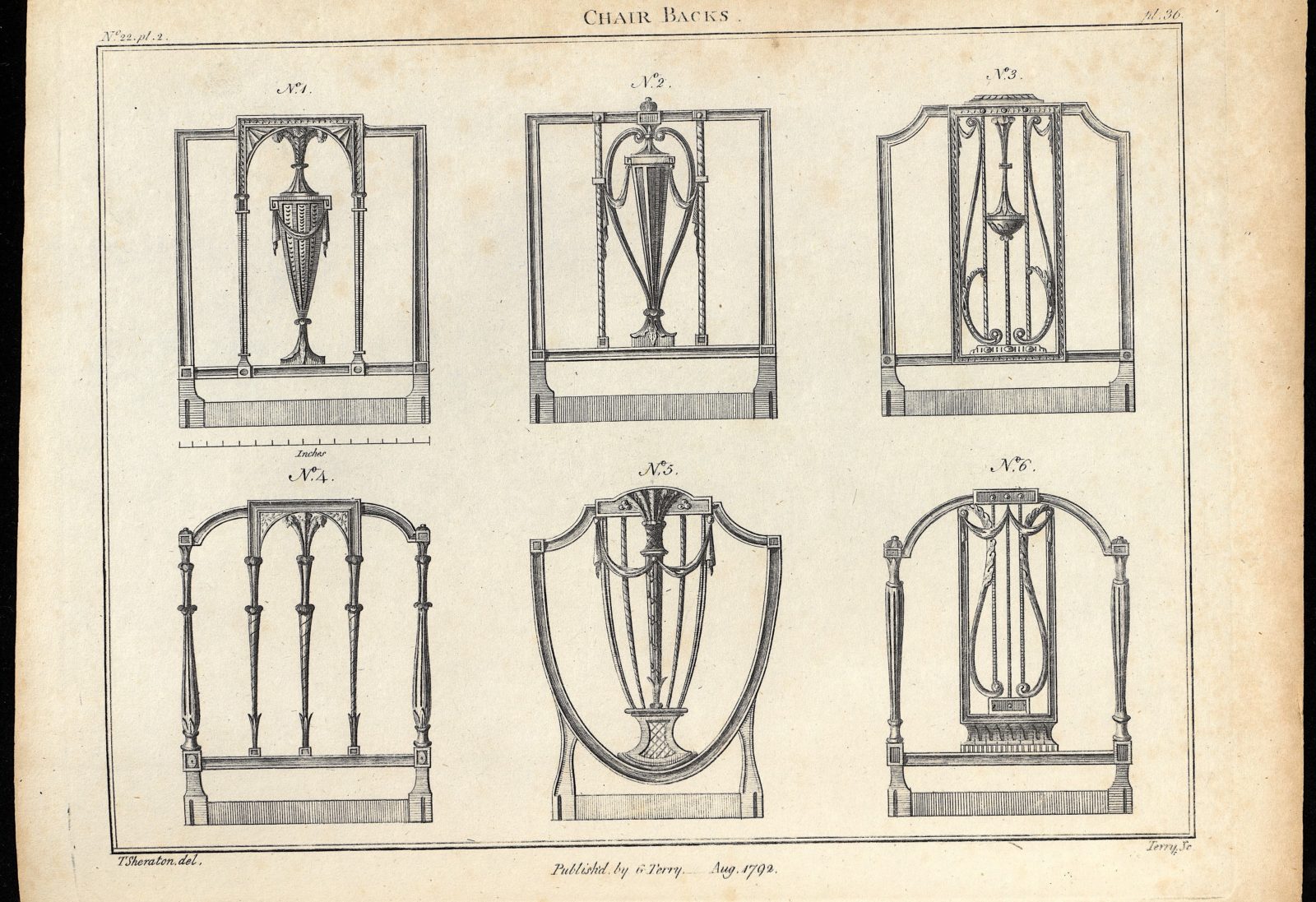
In 1800 Sheraton was ordained a Baptist minister. He continued to publish work, such as his Cabinet Dictionary of 1803, right up until his passing. He died quite suddenly from a swelling upon the brain in 1806, leaving his wife and two children behind in poverty.
His final book in 1805, of which only a first volume appeared before his untimely death, seemed to be moving more towards the Regency style of design, and displayed an emerging, unconventional approach.
A unique selection of antique furniture for sale.
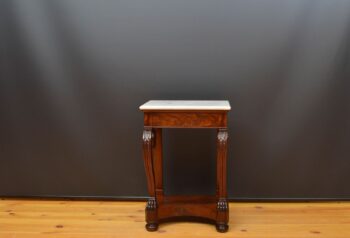 Antique mahogany console table
£2,250.00
Antique mahogany console table
£2,250.00
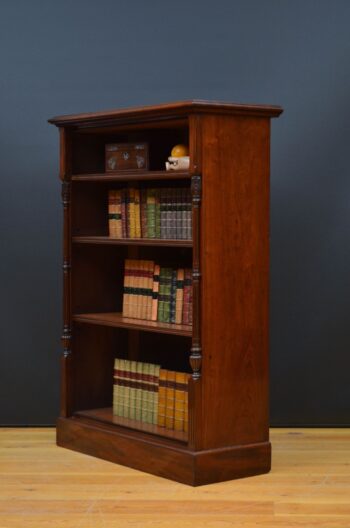 Victorian mahogany open bookcase
£1,685.00
Victorian mahogany open bookcase
£1,685.00
 Victorian Walnut Open Bookcase
£1,650.00
Victorian Walnut Open Bookcase
£1,650.00
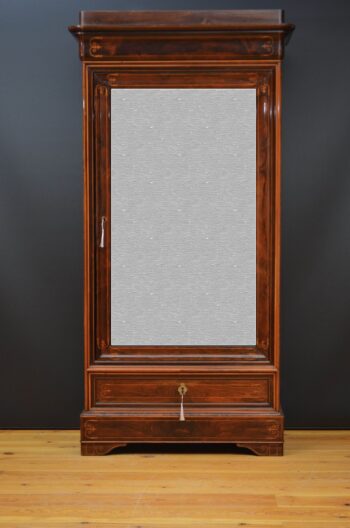 Antique French Rosewood Wardrobe or Bookcase
£2,500.00
Antique French Rosewood Wardrobe or Bookcase
£2,500.00
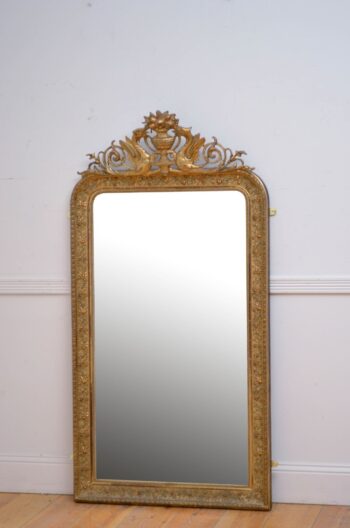 French 19th Century Gilded Pier Mirror H161cm
£2,600.00
French 19th Century Gilded Pier Mirror H161cm
£2,600.00
| Cookie | Duration | Description |
|---|---|---|
| cookielawinfo-checbox-analytics | 11 months | This cookie is set by GDPR Cookie Consent plugin. The cookie is used to store the user consent for the cookies in the category "Analytics". |
| cookielawinfo-checbox-functional | 11 months | The cookie is set by GDPR cookie consent to record the user consent for the cookies in the category "Functional". |
| cookielawinfo-checbox-others | 11 months | This cookie is set by GDPR Cookie Consent plugin. The cookie is used to store the user consent for the cookies in the category "Other. |
| cookielawinfo-checkbox-necessary | 11 months | This cookie is set by GDPR Cookie Consent plugin. The cookies is used to store the user consent for the cookies in the category "Necessary". |
| cookielawinfo-checkbox-performance | 11 months | This cookie is set by GDPR Cookie Consent plugin. The cookie is used to store the user consent for the cookies in the category "Performance". |
| viewed_cookie_policy | 11 months | The cookie is set by the GDPR Cookie Consent plugin and is used to store whether or not user has consented to the use of cookies. It does not store any personal data. |